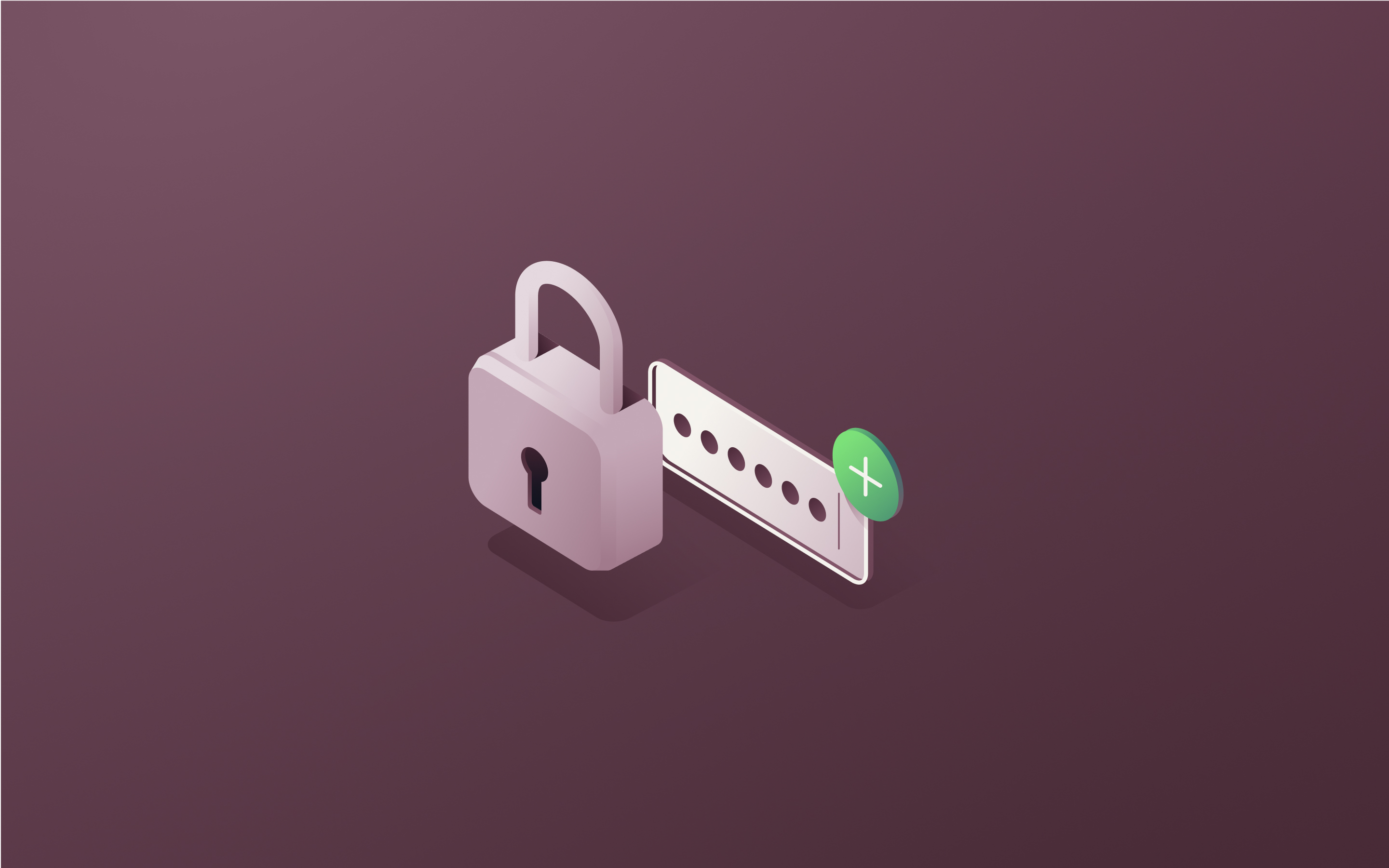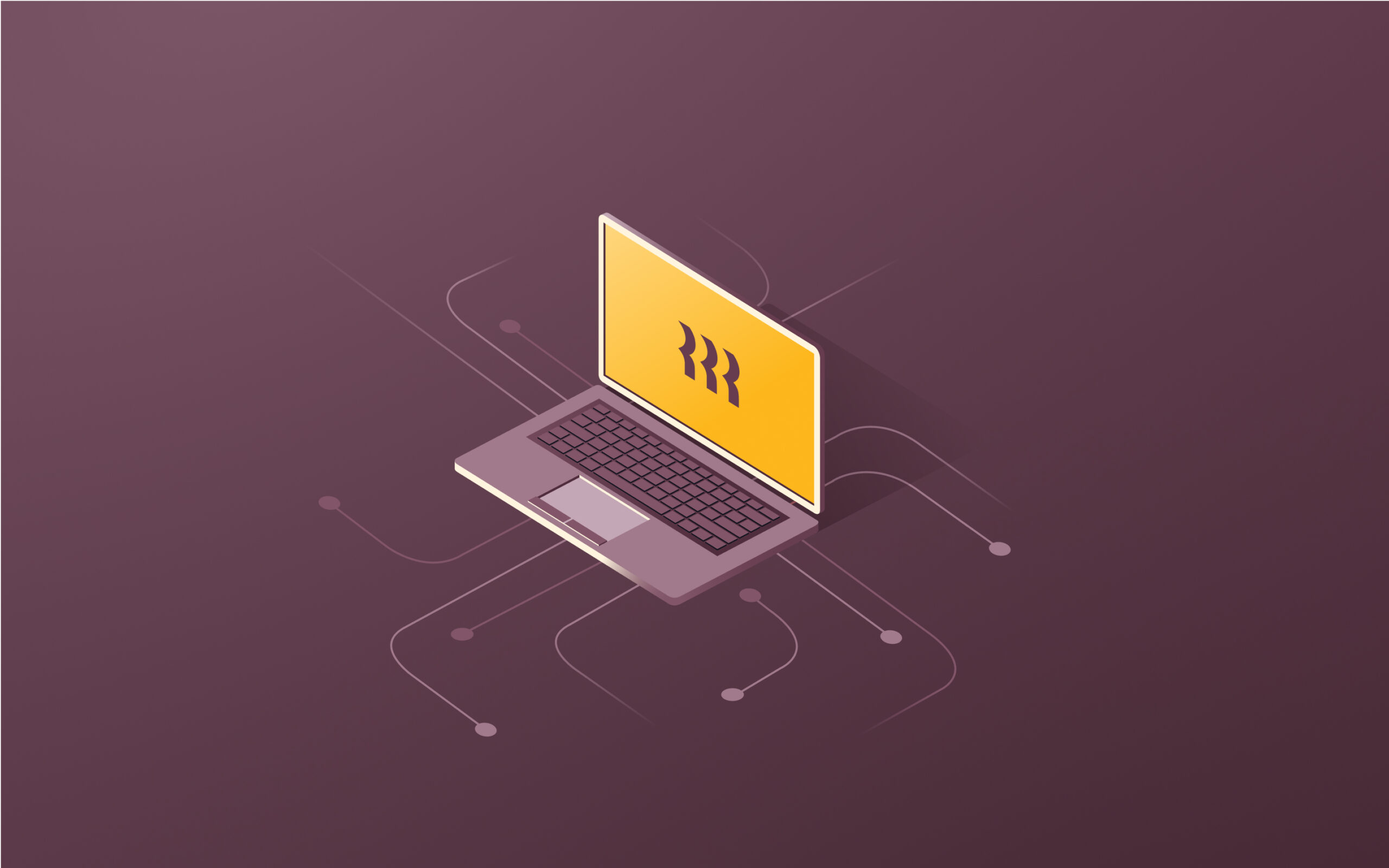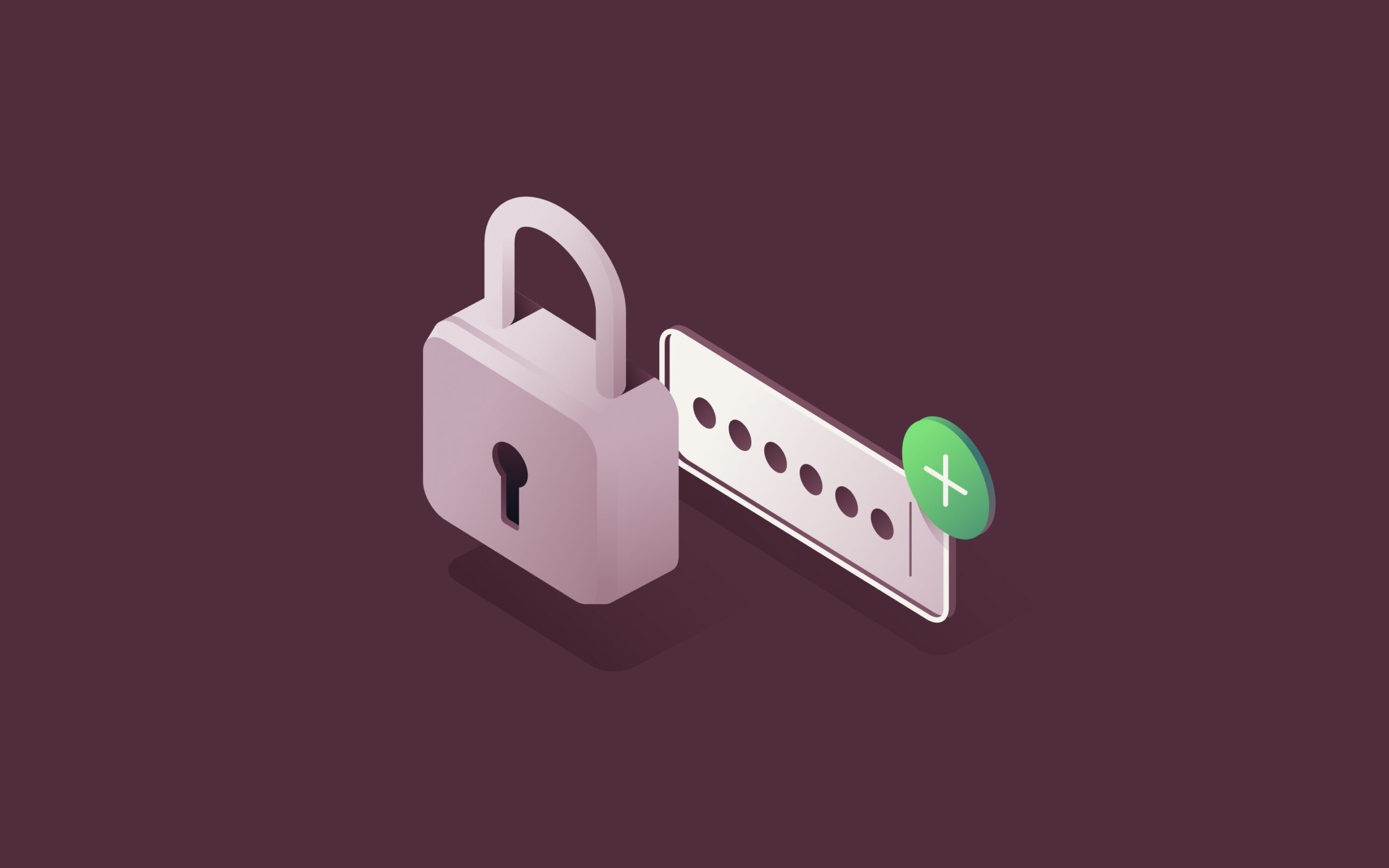MDM vs. EMM vs. UEM: Key differences for device management

Managing company devices has become increasingly complex. With employees working on smartphones, tablets, laptops, desktops, and even IoT devices, keeping everything secure and working properly is a growing challenge for IT teams.
If you've been researching device management solutions, you've likely encountered three common acronyms: MDM, EMM, and UEM. These terms represent different approaches to managing devices, but understanding which one is right for your organization isn't always straightforward.
That’s why we’ll break down the differences between these terms in this article to help you choose the best solution for your specific needs.
What is MDM (mobile device management)?
Mobile device management is the foundation of device management solutions. It focuses specifically on managing and securing mobile devices like smartphones and tablets.
MDM software gives IT administrators the ability to enforce security policies on mobile devices, control device settings, push updates, and secure company data. If a device is lost or stolen, MDM allows administrators to remotely lock or wipe the device to prevent unauthorized access to sensitive information.
Other core functions of MDM include:
- Distributing configuration profiles
- Managing device inventory
- Monitoring compliance with security policies
MDM solutions work through a management server that communicates with a client app or profile installed on each device. This gives IT teams centralized control over company-owned and sometimes employee-owned mobile devices.
What is EMM (enterprise mobility management)?
Enterprise mobility management evolved from MDM to address the growing complexity of mobile work environments. While MDM focuses primarily on the device itself, EMM takes a more comprehensive approach by managing the entire mobile ecosystem.
EMM includes MDM capabilities but extends beyond devices to also manage applications, content, and data. This broader approach helps organizations secure not just the devices themselves, but also the business data and applications that reside on them.
An EMM solution typically includes these components:
- Mobile device management (MDM) for device-level control
- Mobile application management (MAM) for deploying, updating, and securing apps
- Mobile content management (MCM) for secure document access and sharing
- Mobile identity management for user authentication and access control
With EMM, organizations can implement more sophisticated policies that govern not just device usage but also how applications are used and how data is accessed and shared. This makes EMM particularly valuable for businesses that need to balance security concerns with user privacy, especially in bring your own device (BYOD) environments.
What is UEM (unified endpoint management)?
Unified endpoint management represents the next evolution in device management, extending beyond mobile devices to include all endpoints within an organization. UEM brings together the management of smartphones, tablets, laptops, desktops, IoT devices, and wearables under a single management console.
UEM emerged as organizations faced the challenge of managing increasingly diverse device ecosystems with different operating systems and form factors. Rather than using separate tools for different device types, UEM provides a unified approach to managing everything from a central platform.
Key capabilities of UEM include:
- Cross-platform management (iOS, Android, Windows, macOS, Chrome OS, Linux)
- Consistent security policies across all device types
- Improved visibility across the entire device ecosystem
- Advanced security features like threat detection and remediation
- Support for modern work scenarios including remote and hybrid work
- Integration with identity and access management systems
UEM solutions also often incorporate advanced technologies like artificial intelligence and machine learning to provide better security analytics, automated remediation, and predictive maintenance.
MDM vs. EMM vs. UEM: What are the main differences?
Understanding the differences between these three approaches helps clarify which solution might be best for your organization's needs.
Scope of management
The most fundamental difference between MDM, EMM, and UEM is their scope:
- MDM focuses primarily on managing mobile devices like smartphones and tablets. It gives IT administrators control over device settings, security policies, and basic inventory management.
- EMM expands beyond devices to include applications, content, and identity management. It provides a more comprehensive approach to mobility management while still focusing primarily on mobile platforms.
- UEM encompasses all endpoints, including mobile devices, desktops, laptops, IoT devices, and wearables. It unifies management across all platforms and device types within a single solution.
Security features
Security capabilities also differ significantly across these solutions:
- MDM offers basic security features like passcode enforcement, remote lock and wipe, encryption requirements, and jailbreak/root detection.
- EMM enhances security with application-level controls, data loss prevention, secure containers for business data, and more sophisticated authentication options.
- UEM provides the most comprehensive security, often including advanced threat protection, behavioral analytics, zero-trust security frameworks, and integration with security information and event management (SIEM) systems.
App and content management
How applications and content are managed varies considerably:
- MDM typically offers basic app distribution capabilities but limited control over how apps function or how data is used within apps.
- EMM includes robust app management that allows for app whitelisting/blacklisting, in-app security policies, and app-specific VPN tunneling. It also offers content management for secure document access and sharing.
- UEM builds on EMM's capabilities by extending app and content management across all device types, enabling consistent application deployment and security across mobile devices, desktops, and other endpoints.
User experience and control
The impact on user experience differs across these solutions:
- MDM typically exerts the most control over devices, which can limit user flexibility, particularly on personal devices. It's more suited to fully company-owned devices.
- EMM offers a better balance between security and user experience through features like work profiles and containerization, which separate work data from personal data.
- UEM generally provides the most refined user experience, with consistent access to resources across different device types and intelligent policy enforcement that adapts to user context.
Compliance & data protection
Regulatory compliance capabilities also vary:
- MDM offers basic compliance reporting around device status and security policies.
- EMM provides more sophisticated compliance capabilities, particularly around data protection, with features like selective wipe of corporate data and detailed usage reporting.
- UEM delivers comprehensive compliance management across all endpoints, often with advanced features like automated remediation of compliance issues and integration with corporate governance systems.
Deployment & scalability
Implementation complexity and scalability considerations differ:
- MDM is typically the simplest to deploy but may struggle to scale effectively in complex environments with diverse device types.
- EMM requires more planning but offers better scalability for mobile-centric organizations with BYOD policies.
- UEM generally involves the most complex deployment but provides the best long-term scalability for organizations with diverse endpoint environments.
Integration with IT systems
- MDM often operates relatively independently from other IT systems, with limited integration points.
- EMM typically offers better integration with identity providers, productivity suites, and corporate resources.
- UEM provides the deepest integration capabilities, often connecting with IT service management (ITSM), identity and access management, security operations, and asset management systems.
Pros and cons of MDM
Benefits of MDM
Mobile device management offers several advantages that make it appealing for specific use cases:
- Simple to implement: MDM solutions are generally straightforward to deploy and configure, requiring minimal infrastructure changes. The learning curve for IT administrators is usually less steep compared to more complex solutions, making it a good starting point for organizations new to device management.
- Cost-effective for small businesses: MDM typically comes with lower licensing costs compared to EMM and UEM solutions. For small businesses with limited IT budgets, MDM can provide essential security and management capabilities without breaking the bank.
- Good for corporate-owned devices: When an organization owns all the devices it manages, MDM provides sufficient control without the need for more sophisticated separation between work and personal data. It's particularly well-suited for single-purpose devices or kiosk scenarios.
Drawbacks of MDM
Despite its benefits, MDM has significant limitations:
- Limited app and content security: MDM focuses primarily on device-level controls, with minimal capabilities for managing how applications handle data or how content is shared. This can leave sensitive information vulnerable once it's on the device.
- Less flexibility for BYOD environments: Without sophisticated containerization capabilities, MDM can be too intrusive for personal devices. Users may resist having corporate policies applied to their entire device, creating adoption challenges for BYOD programs.
- Basic security features compared to EMM: MDM lacks the more advanced security capabilities found in EMM solutions, such as app-level VPN tunneling, secure productivity apps, and granular data loss prevention.
Pros and cons of EMM
Benefits of EMM
Enterprise mobility management builds on MDM's foundation to offer more comprehensive capabilities:
- Advanced security and compliance: EMM provides more sophisticated security controls. This makes it better suited for organizations with strict compliance requirements or those handling sensitive data.
- Full control over apps, data, and content: With EMM, organizations can manage not just devices but also how applications are used, how data is shared, and how content is accessed. This comprehensive approach provides better protection for corporate information.
- Suitable for BYOD and corporate devices: EMM's containerization capabilities create clear separation between work and personal data, making it well-suited for BYOD environments where privacy and user experience are important considerations.
Drawbacks of EMM
EMM also comes with challenges that organizations should consider:
- Requires more IT management: The additional capabilities of EMM come with increased complexity. IT teams need more specialized knowledge to fully leverage EMM features, which can increase the administrative burden.
- Higher cost than MDM solutions: EMM typically comes with higher licensing costs compared to basic MDM, which may be difficult to justify for organizations with simple needs or limited budgets.
- Can be complex to configure initially: Setting up EMM solutions often requires more planning and configuration, particularly when implementing application management policies and content security rules.
Pros and cons of UEM
Benefits of UEM
Unified endpoint management offers the most comprehensive approach to device management:
- Centralized management across all devices: UEM provides a single console for managing all endpoints, regardless of form factor or operating system. This unified approach simplifies administration and ensures consistent policy enforcement.
- Enhanced security and compliance: UEM solutions typically include the most advanced security features, including threat detection, behavioral analytics, and automated remediation capabilities. This comprehensive security stance better protects against sophisticated threats.
- Better user experience: Despite its robust security, UEM often delivers a better user experience by providing consistent access to resources across devices and intelligent contextual policy enforcement that adapts to user needs.
Drawbacks of UEM
UEM's comprehensive capabilities come with some significant considerations:
- High implementation and licensing costs: UEM solutions are typically the most expensive option, both in terms of licensing and implementation resources. The total cost of ownership may be prohibitive for smaller organizations.
- Complex configuration and onboarding: Deploying UEM requires significant planning and expertise, particularly when integrating with existing IT systems and migrating from legacy management tools.
- Potential for overreach on personal devices: The comprehensive management capabilities of UEM may raise privacy concerns on personal devices, requiring careful policy design to balance security needs with user privacy.
EMM vs. MDM vs. UEM: Which one is right for your business?
Choosing the right device management approach depends on your organization's specific needs and circumstances.
When to use MDM
Mobile device management is typically the best choice in these scenarios:
- Small businesses with basic security needs: If your organization has straightforward requirements for securing mobile devices and limited IT resources, MDM provides essential protection without unnecessary complexity.
- Companies issuing corporate-owned devices only: Organizations that provide company-owned devices to employees and don't support BYOD can often meet their needs with MDM, particularly if mobile devices are used for specific, limited purposes.
- Limited budget and IT resources: When cost constraints are significant and internal IT expertise is limited, MDM offers a more accessible entry point to device management.
When to use EMM
Enterprise mobility management makes more sense in these circumstances:
- Enterprises needing comprehensive device, app, and content management: Organizations that need to secure not just devices but also the applications and data on those devices will benefit from EMM's broader capabilities.
- Organizations with BYOD policies: When employees use personal devices for work, EMM's containerization and privacy-enhancing features provide better balance between security and user experience.
- Regulated industries with data protection requirements: Companies in healthcare, finance, government, and other regulated sectors often need EMM's advanced data protection capabilities to meet compliance requirements.
When to use UEM
Unified endpoint management is ideal for:
- Organizations managing a mix of devices across different operating systems: When your environment includes Windows PCs, Macs, Chromebooks, smartphones, tablets, and potentially IoT devices, UEM's unified approach simplifies management considerably.
- Large enterprises looking to consolidate management tools: Organizations currently using multiple management solutions for different device types can realize significant efficiency gains by consolidating to a single UEM platform.
- Companies prioritizing advanced security and automation: If your organization faces sophisticated security threats or needs to reduce IT workload through automation, UEM's advanced capabilities will provide the most value.
Simplify asset management with Rippling
Managing devices doesn't have to be complicated. Rippling's device management software provides a powerful yet user-friendly solution that combines the best aspects of MDM with seamless integration to your broader IT and HR systems.
Unlike MDM solutions that operate in isolation, Rippling connects device management with identity management and HR in a single platform. This means that when an employee joins, changes roles, or leaves your organization, their device access automatically updates accordingly.
Rippling MDM offers:
- Simplified device lifecycle management: Automate everything from initial deployment to retirement, including zero-touch enrollment that configures devices before they even reach users.
- Enhanced security through integrated identity: Apply security policies based on user attributes like department, role, or location—all dynamically updated as employee information changes.
- Streamlined inventory management: Track devices throughout their lifecycle, with automated processes for shipping, retrieval, and secure storage when not in use.
- Reduced IT workload: Automate repetitive tasks like software deployment, security updates, and access management to free up IT resources for more strategic work.
For organizations seeking the right balance of powerful management capabilities and ease of use, Rippling provides a modern approach to device management that grows with your business.
UEM vs. MDM vs EMM FAQs
What types of devices can UEM manage that MDM and EMM can't?
UEM extends management capabilities beyond the mobile devices covered by MDM and EMM to include traditional computing platforms like desktops and laptops (Windows, macOS, Linux), as well as newer endpoints like IoT devices, wearables, and rugged devices. While MDM and EMM focus primarily on smartphones and tablets running iOS and Android, UEM provides true cross-platform management for virtually any connected device. This comprehensive approach is particularly valuable for organizations with diverse technology environments that would otherwise require multiple management solutions.
What is the main difference between MDM and MAM?
MDM and MAM represent different approaches to securing mobile environments. MDM focuses on the entire device, giving IT administrators control over device settings, security policies, and overall configuration. It's a device-centric approach that works well for company-owned devices but may be too intrusive for personal devices.
MAM, by contrast, focuses specifically on managing mobile applications rather than the entire device. It allows organizations to secure, distribute, and manage enterprise applications without controlling the entire device. MAM can enforce policies at the application level, create secure containers for corporate data, and selectively wipe business information without affecting personal content. Many modern EMM solutions include both MDM and MAM capabilities, allowing organizations to choose the right approach based on use case and ownership model.
Can MDM and EMM be used together?
Yes, MDM and EMM can be used together, but it's important to understand their relationship. In most cases, EMM actually incorporates MDM as one of its components, along with additional capabilities like mobile application management (MAM) and mobile content management (MCM).
Rather than deploying separate MDM and EMM solutions, organizations typically implement a comprehensive EMM solution that includes MDM functionality. This integrated approach provides greater consistency and simplifies administration.
However, in some specific scenarios, organizations might use a dedicated MDM solution for certain device types or use cases alongside an EMM platform. This hybrid approach is less common but might make sense when dealing with specialized devices or legacy systems that require specific management capabilities not available in the primary EMM solution.
This blog is based on information available to Rippling as of April 24, 2025.
Disclaimer: Rippling and its affiliates do not provide tax, accounting, or legal advice. This material has been prepared for informational purposes only, and is not intended to provide or be relied on for tax, accounting, or legal advice. You should consult your own tax, accounting, and legal advisors before engaging in any related activities or transactions.











